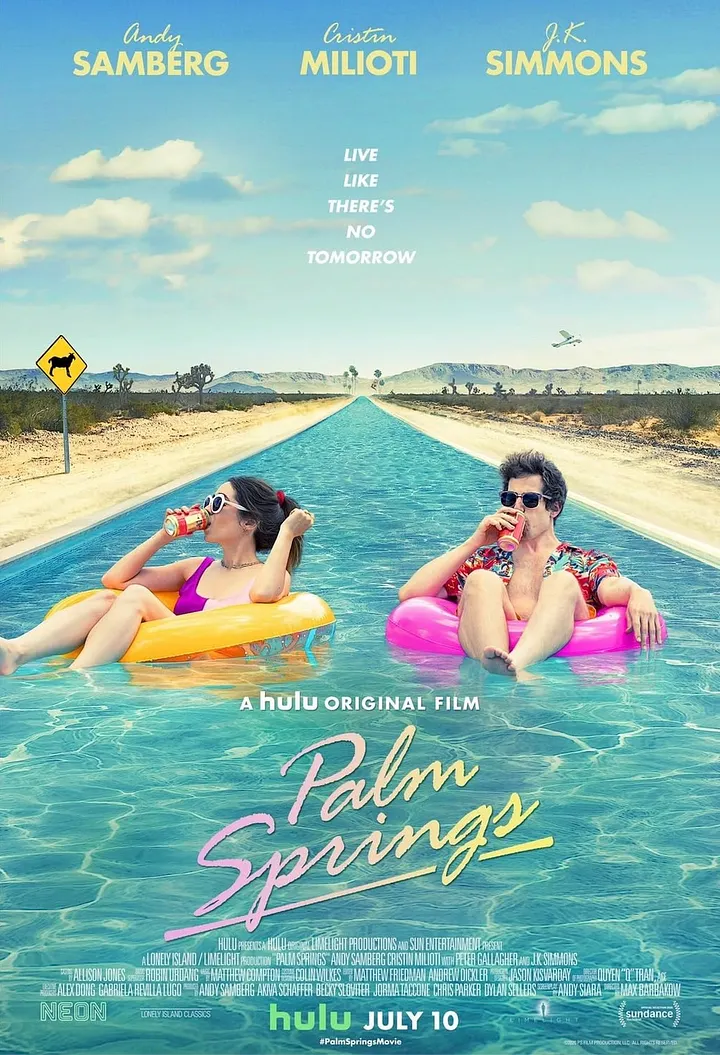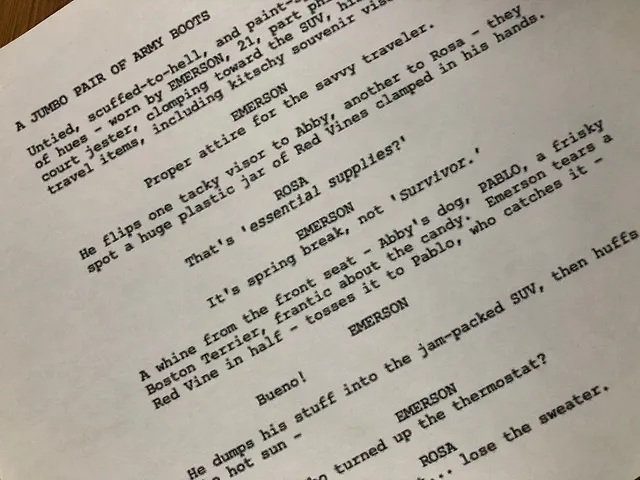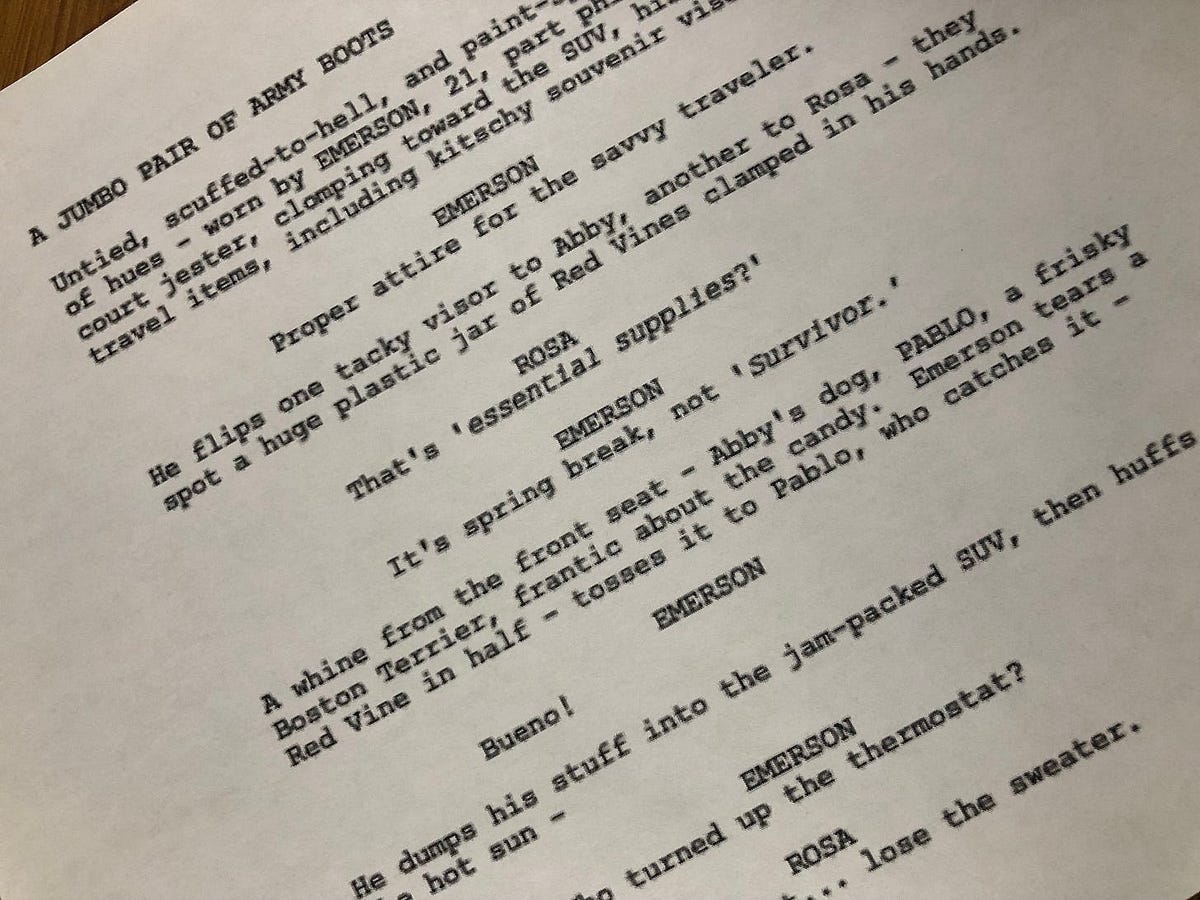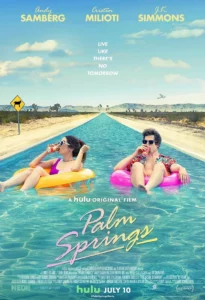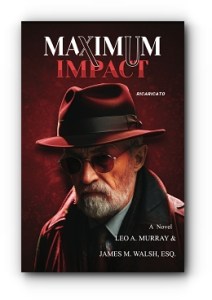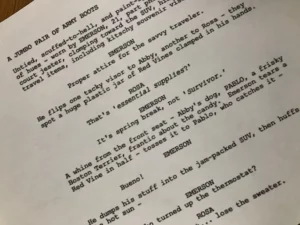“Unmasking the Master: 5 Signature Themes that Define John Carpenter’s Cinematic Legacy”
When you think of genre filmmaking, few names resonate like John Carpenter’s. Seriously, how does he keep crafting such tight, thrilling narratives that bind the strands of horror, action, thriller, and science fiction? His work throughout the 1970s, 80s, and even into the 90s left an indelible mark on cinema, with iconic pieces like Halloween, Escape from New York, and The Thing becoming benchmarks of excellence. But what really sets Carpenter apart from his contemporaries? What unique trademarks and stylistic motifs have come to embody his films and shape his legacy? Join me as we dive into the fascinating world of John Carpenter, exploring five defining characteristics of his cinematic genius that continue to inspire filmmakers today. Click here to LEARN MORE.You don’t get as iconic as John Carpenter when it comes to genre filmmaking. Carpenter’s genre work in the 1970s, 1980s, and into the 1990s was masterful. Iconic films such as Halloween, Escape from New York, and The Thing solidified his reputation as not only a master of small and contained horror and suspense but also as a trailblazer for genre-blending with his blend of action, horror, thriller, and science fiction motifs.
